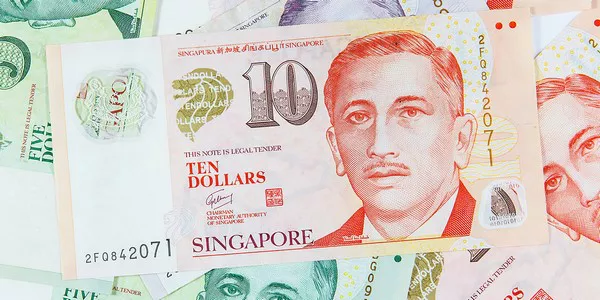Currency is an essential aspect when traveling to a foreign country. In this article, we will explore the monetary system of Singapore, a vibrant island city-state located in Southeast Asia. From its early history as a trading port to becoming one of the world’s leading financial centers, Singapore has a robust currency system that reflects its economic prowess and global significance.
1. A Brief History of Singapore’s Currency:
Singapore has had a fascinating journey with its currency. Before independence, the currency used was the Straits Dollar, introduced by the British East India Company in 1826. After Singapore joined the Malaysian Federation in 1963, the common currency was the Malaysian Dollar. However, Singapore separated from Malaysia in 1965 and began issuing its own currency.
2. The Singapore Dollar (SGD):
The official currency of Singapore is the Singapore Dollar (SGD). The Monetary Authority of Singapore (MAS) regulates the currency, ensuring its stability and integrity. The SGD is denoted by the symbol “$” or “S$,” and it is further divided into cents, with coins available in denominations of 1, 5, 10, 20, and 50 cents, and notes in denominations of $2, $5, $10, $50, $100, and $1,000.
3. Currency Exchange in Singapore:
Travelers can exchange their foreign currencies for Singapore Dollars at various authorized money changers, banks, and even at the airport. It is advisable to compare exchange rates beforehand to get the best deal. Additionally, it’s worth noting that credit cards are widely accepted in Singapore, making it convenient for travelers to make payments without excessive dependence on cash.
4. Coins and Banknotes:
The coins in circulation depict notable Singaporean symbols such as the Merlion, the national flower, and various cultural motifs. The notes feature prominent Singaporean personalities, landmarks, and significant cultural aspects. The latest series of banknotes, known as the Portrait Series, was introduced in 2016, showcasing a more modern and vibrant design.
5. Commemorative Notes and Collector’s Items:
Singapore frequently releases commemorative notes and coins to mark special occasions or celebrate notable events. These limited-edition collectibles often have unique designs and are highly sought after by numismatists and enthusiasts worldwide. They serve as a showcase of Singapore’s rich history, culture, and achievements.
6. Cashless Payments and Digital Wallets:
In recent years, Singapore has witnessed a surge in cashless payments and digital wallets. Services such as PayNow and GrabPay have gained popularity, allowing locals and tourists to make seamless electronic transactions through their smartphones. From hawker centers to high-end establishments, cashless payments have become increasingly prevalent across various sectors in Singapore.
7. Counterfeit Prevention Measures:
To ensure the integrity of its currency, Singapore has implemented robust security features on its banknotes. These include intricate designs, watermarking, security threads, and holographic elements that make counterfeiting difficult. As a tourist, it is important to familiarize yourself with these security features to distinguish genuine Singapore Dollars from counterfeit ones.
Conclusion:
Singapore’s currency system reflects the country’s remarkable economic growth and stability. The Singapore Dollar serves as an essential medium for trade and commerce, both domestically and internationally. Understanding the currency exchange process, familiarizing oneself with the various denominations, and keeping an eye out for security features are crucial for anyone visiting Singapore.
As Singapore continues to embrace technological advancements, the prevalence of cashless payments and digital wallets provides further convenience for residents and tourists alike. Ultimately, whether you’re exploring the bustling streets of Chinatown or indulging in retail therapy along Orchard Road, having a good grasp of Singapore’s currency system will enhance your overall experience in this vibrant city-state.


